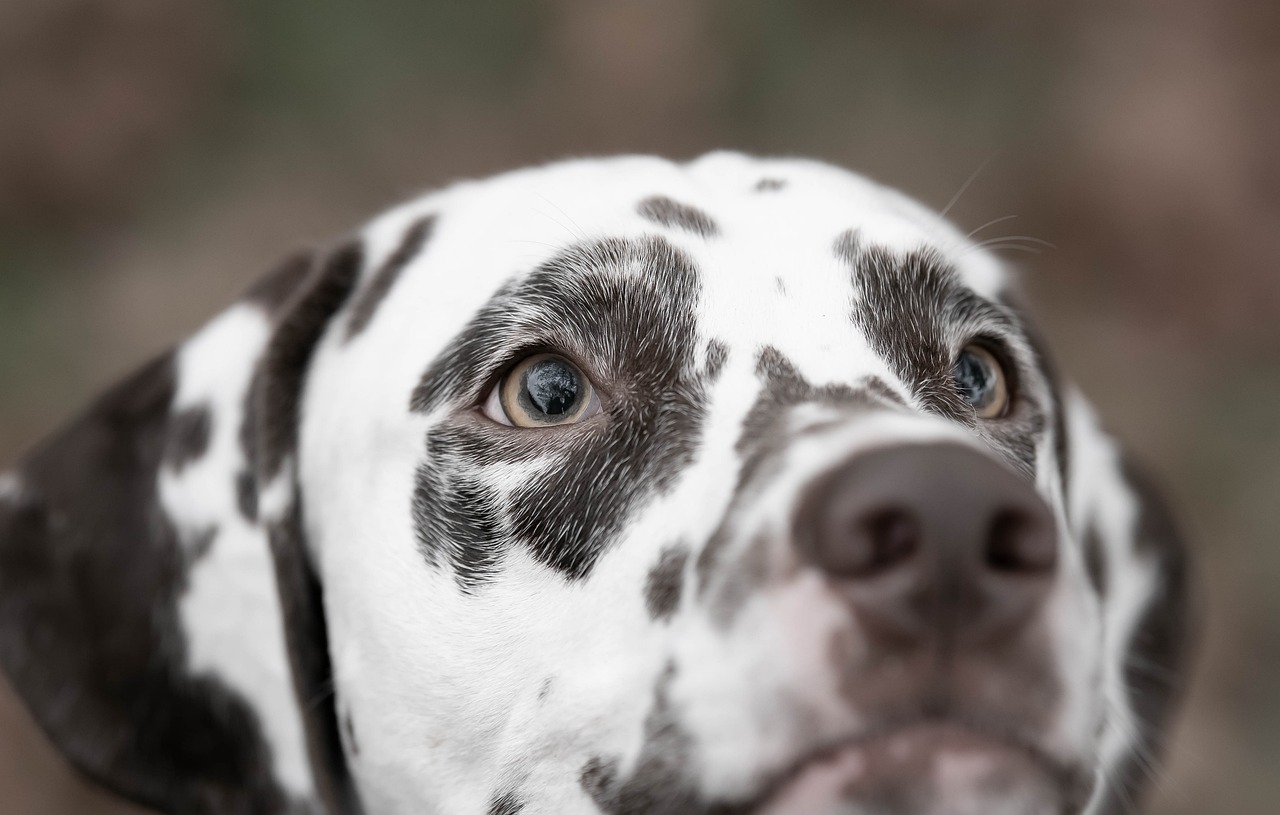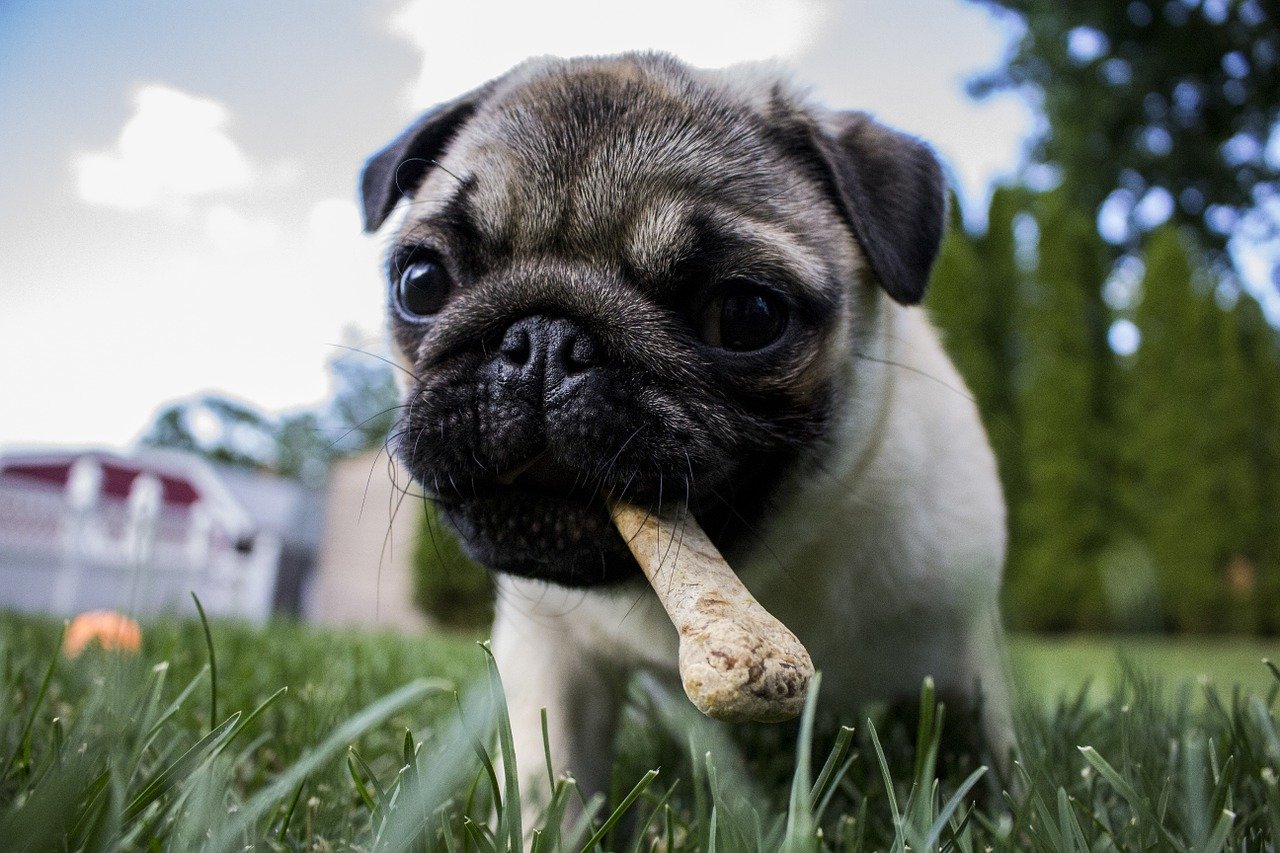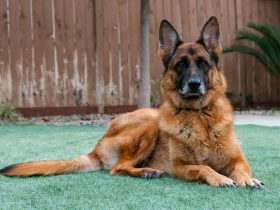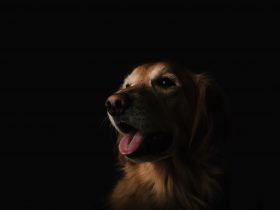Since the 18th century there have been references to the Dalmatian. In the breeds’ first home where they were established is in the western Yugoslavian area (once a part of Austria) that is located near the Adriatic. The Dalmatian, however, were known throughout many parts of the world before they became known as a breed at that time.
Examples of this can be found in many art depictions of this breed including paintings and engravings along with references to similar sized and shaped spotted dogs in literature. It would seem that there were several roaming bands of gypsies that were accompanied by these dogs in their travels.
The Dalmatian breed really took off and became established in Great Britain where they were brought by members of the British upper class who often made tours of Europe and no doubt came across these dogs in their travels. Soon afterwards they were taken in by the English aristocracy where they were used to accompany their horse drawn carriages. The Dalmatians were taught to station themselves beneath the rear axel, sometimes even trotting underneath the pole that separated the horses. At times they were found leading the procession, running out in front of the lead horse.
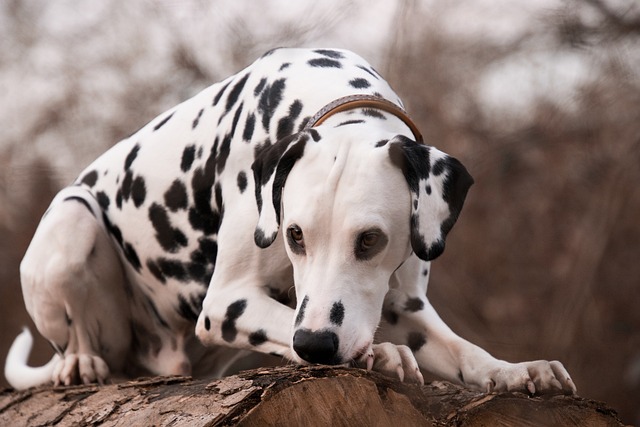
It was also in Great Britain where the Dalmatian was used as a firehouse dog. According to tradition this started with the Dalmatians being ratters in various barns and stables throughout Britain, but their love of leading the carriages soon caused them to run ahead of the fire engines whenever they were out on a call. This tradition still continues today in both Great Britain and the United States as well, with the Dalmatian accompanying the fire trucks as they go out on a call.
Along with their well earned reputation as a fire dog they also have been used in war time, served as a shepherding dog as well as a draft dog, in circus shows (usually assisting the clown). They are an intelligent breed and it shows in the adaptable way in which this remarkable breed can be used.

